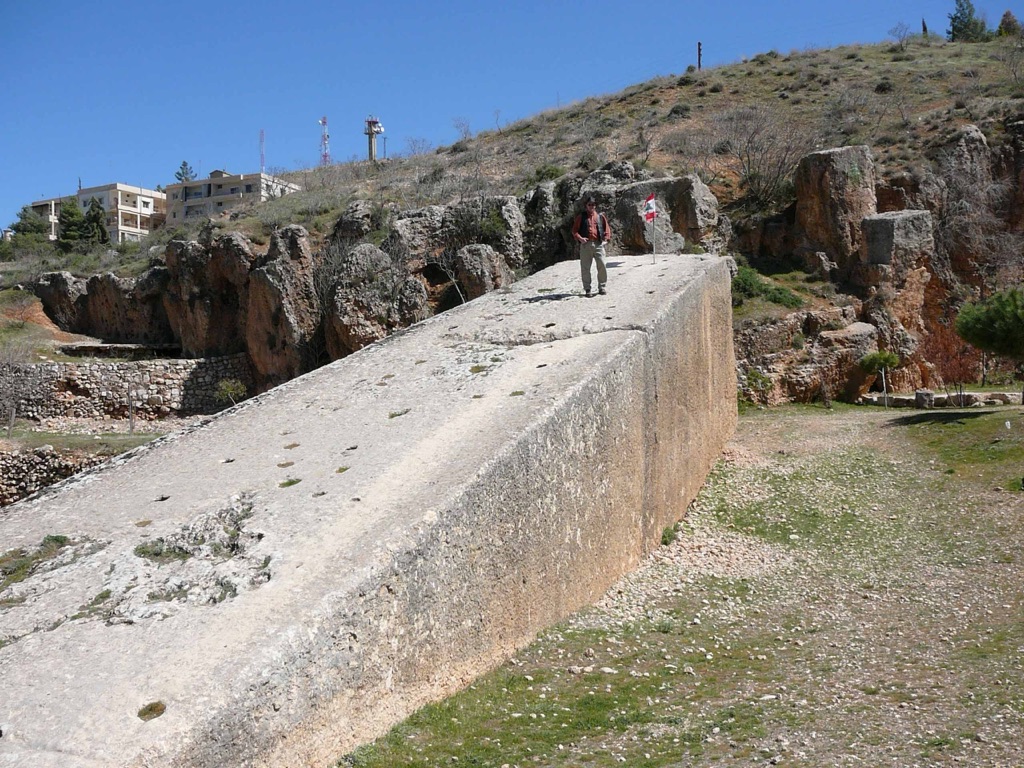In the study of ancient structures and archaeology, the terms “megalith” and “monolith” are often encountered. While they may sound similar, they refer to distinct types of structures that have been utilized by various cultures throughout history. This article aims to clarify the definitions and distinctions between megaliths and monoliths, providing a clear understanding of their characteristics, uses, and historical significance.
Get your dose of History via Email
Megalith: Definition and Characteristics
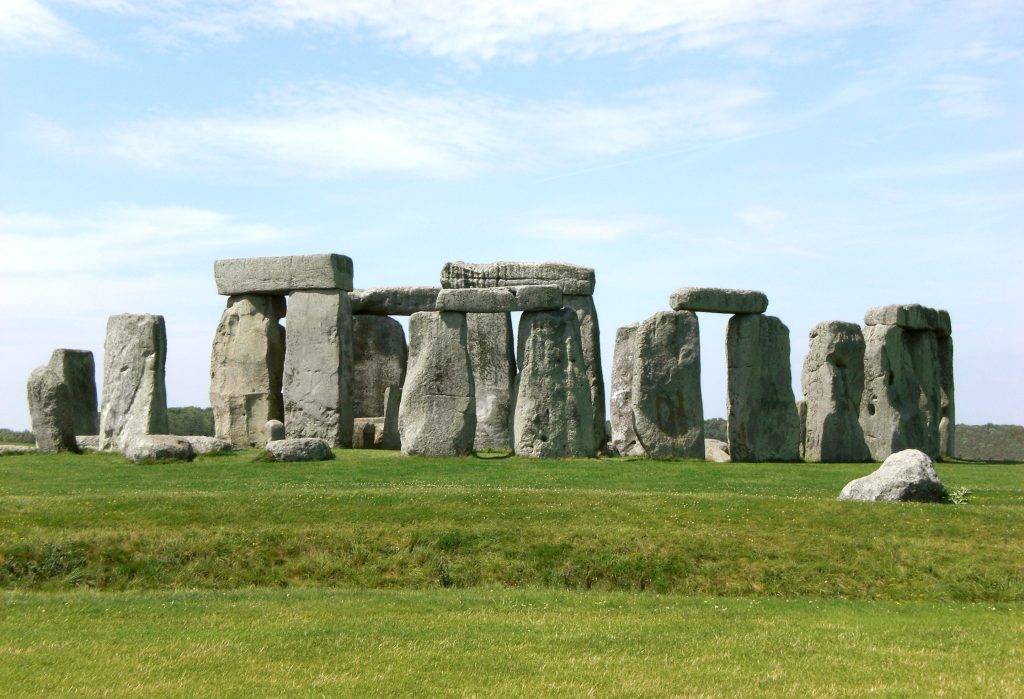
A megalith is a large stone that has been used to construct a structure or monument, either alone or together with other stones. The term is derived from the Ancient Greek words “megas,” meaning “great,” and “lithos,” meaning “stone.” Megaliths are typically associated with prehistoric structures and are found in various parts of the world, including Europe, Africa, and Asia.
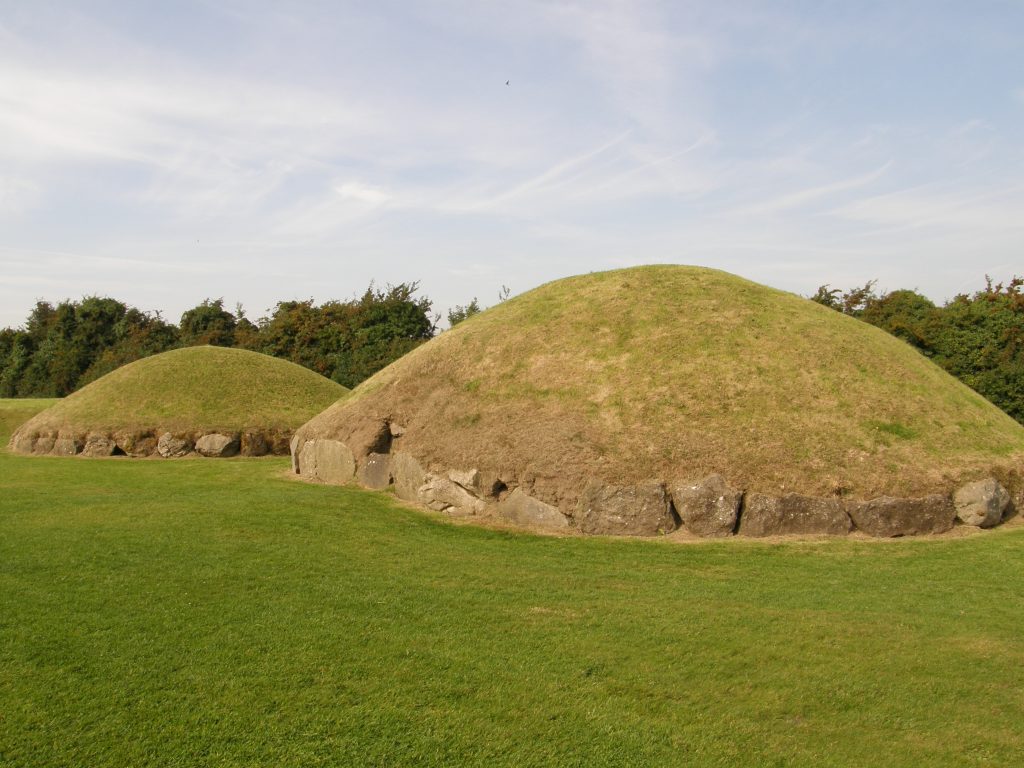
Megalithic structures can be classified into different types, including:
- Dolmens: These are stone tombs consisting of large flat stones supported by upright ones.
- Menhirs: These are tall, upright stones that were erected for ceremonial or religious purposes.
- Cromlechs: Also known as stone circles, these are circular arrangements of standing stones.
- Passage Tombs: These are burial chambers covered in earth or stone, with a narrow passage made of large stones leading into the chamber.
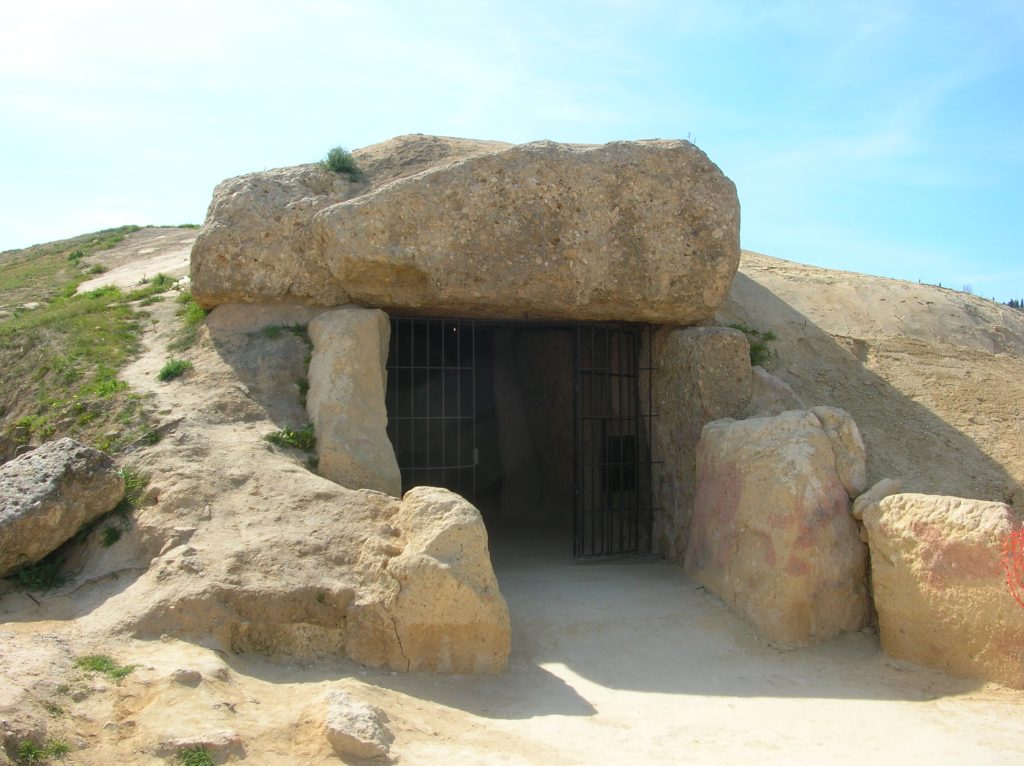
Megaliths were typically erected during the Neolithic and early Bronze Age (circa 4000-1000 BC) and are believed to have served various functions, including religious, astronomical, and burial purposes.
Monolith: Definition and Characteristics
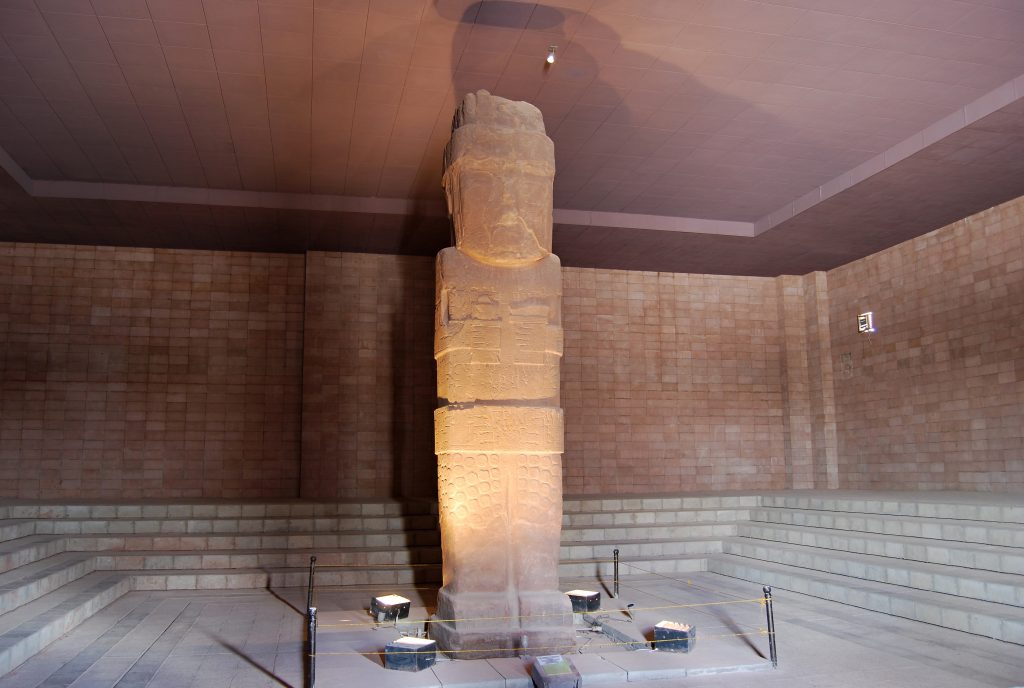
A monolith, on the other hand, is a geological feature consisting of a single massive stone or rock, or a monument or sculpture made from one large piece of stone. The term originates from the Greek words “monos,” meaning “single” or “alone,” and “lithos,” meaning “stone.” Unlike megaliths, which are constructed using multiple stones, a monolith is made from one uninterrupted piece of material.
Monoliths can be natural formations, such as the towering red sandstone monoliths found in Monument Valley in the United States, or they can be man-made, such as the obelisks of ancient Egypt. Man-made monoliths have been used throughout history for various purposes, including commemorative monuments, religious sites, and artistic expressions.
One of the most famous examples of a man-made monolith is the Obelisk of Axum in Ethiopia, which dates back to the 4th century AD. This towering structure is made of a single piece of granite and stands as a testament to the engineering skills of its creators.
Distinctions Between Megaliths and Monoliths
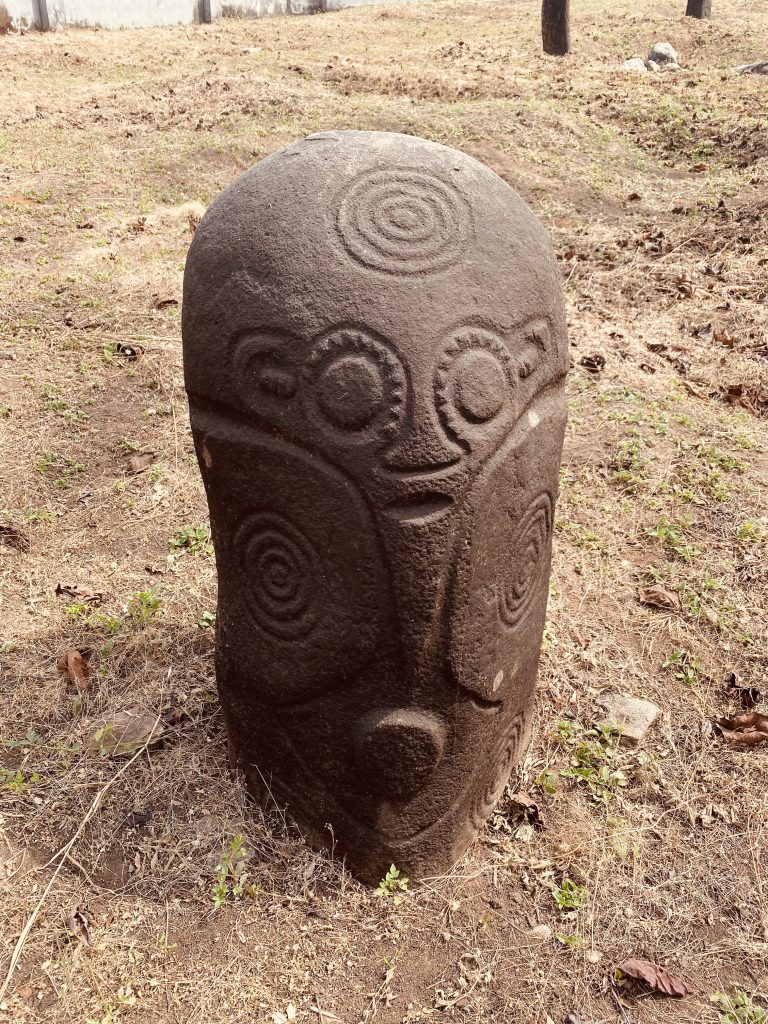
The primary distinction between megaliths and monoliths lies in their construction. Megaliths are made from multiple stones arranged to form structures or monuments, whereas monoliths are composed of a single, large piece of stone. Additionally, megaliths are predominantly associated with prehistoric times and have been found in various archaeological contexts, suggesting a wide range of cultural and functional uses. Monoliths, while also ancient in many cases, can be either natural or man-made and do not necessarily serve the same purposes as megalithic structures.
In conclusion, while megaliths and monoliths both involve the use of large stones, they represent different types of structures with distinct characteristics and historical contexts. Understanding these differences is crucial for archaeologists, historians, and enthusiasts alike in appreciating the complexity and diversity of ancient architectural and cultural practices.

